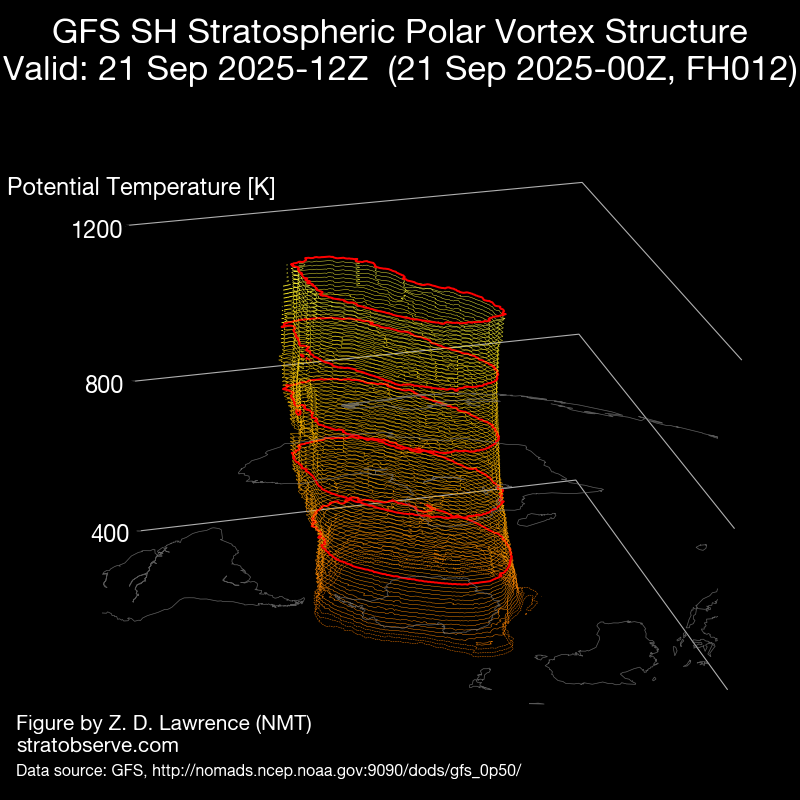Early Start to the Australian Wet Season Brings Elevated Flood Risks
- Weatherwatch
- Nov 24, 2024
- 3 min read
November 24, 2024

Widespread rainfall is forecast across parts of Australia during the next 7-10 days - EC Rain next 10 days. Source: MetCentre.
While not everywhere has seen significant rain, large parts of Australia have recorded above-average rainfall for November—with another week still to go. This follows what has already been a wetter-than-average year for much of the country.
Rainfall anomaly maps for November and year to date. November has shown pockets of well above and well below average rainfall but rainfall since January 1, 2024 has largely been above average. Source: BoM.
Key Drivers of Increased Rainfall
A series of strong upper troughs and cold pools are set to peak across central Australia and move into southeastern parts of the country. These systems will induce strong northwest winds in the upper atmosphere, drawing elevated levels of moisture from northern Australia into central and potentially eastern Australia. This will fuel increased rain, showers, and storms over the coming week and beyond.

500mb wind & temperature loop for the next 10 days showing a series of upper troughs and lows across central to eastern Australia which will draw in moisture from northern Australia. Source: MetCentre.
The elevated moisture levels are being driven by several key factors:
Madden-Julian Oscillation (MJO): Currently positioned in the Indian Ocean, this favours easterly winds across northern Australia, increasing moisture in the atmosphere.
Southern Annular Mode (SAM): A positive SAM phase reduces the influence of cold fronts in southern Australia, limiting westerly winds and enhancing moisture-laden easterly flows.
The positive SAM is here to stay until at least early to mid December while the MJO is likely to move in a more favourable phase for rainfall across northern Australia in early December (however the MJO is unlikely to directly track across northern Australia). Source: BoM
Adding to this, ocean temperatures around Australia remain well above average, further amplifying atmospheric moisture levels. When combined with the broad upper troughs, these conditions create a perfect setup for increased rainfall, showers, and storms.

Above average SSTs are present around Australia. Source: NOAA
Given this, it's no surprise to see a potential early tropical cyclone near the Cocos Islands in the Indian Ocean.

A disorganised low near the Cocos Islands is being monitored for possible tropical cyclone development this week. However the chance of developing into a tropical cyclone may be higher as the system eventually adopts a westerly path, away from the islands. Source: MetCentre.
Risks of Heavy Rainfall and Severe Storms
Heavy rainfall is the primary concern, particularly for central Australia, where the heaviest falls are expected initially. However, some storms may also become severe, with threats of damaging winds and large hail due to elevated instability.
EC CAPE (Tuesday - Friday this week), CAPE signifies instability and where storms may develop. Source: MetCentre.
Predicting severe storms in these setups can be challenging, as cloud cover and rainbands often reduce the likelihood of severe activity. Nonetheless, the ingredients for heavy rain and storms are firmly in place.
Monitoring the Week Ahead
Our team will closely monitor the progression of rain and storms over the coming days. While central Australia appears to be at the highest risk initially, conditions remain favourable for eastern Australia to see above-average rainfall later in the week.
G3, EC & GFS next 10 days rainfall. Source: MetCentre.
As these systems evolve, staying prepared and keeping an eye on forecasts will be essential to navigating the early start to the wet season.
Weatherwatch – your trusted partner in weather intelligence.

























